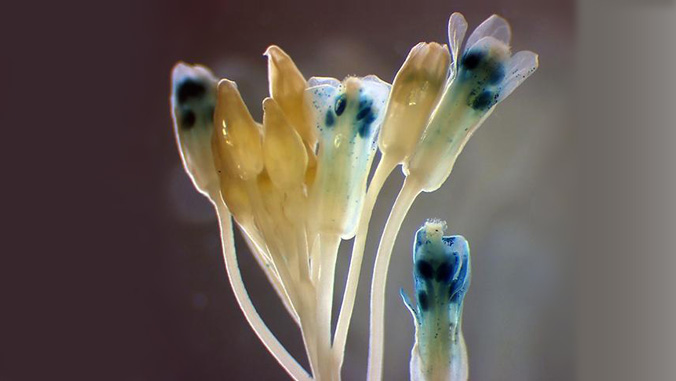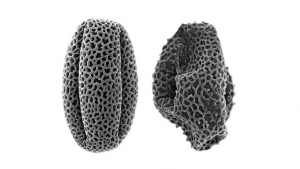
As global warming threatens to decrease crop yields, a newly discovered gene may help plants resist heat stress, strengthening our agricultural response. The findings are part of a new study from the University of Hawaiʻi at Mānoa College of Tropical Agriculture and Human Resources Department of Molecular Biosciences and Bioengineering (MBBE). One enzyme stands out: protein disulfide isomerase-9, or PDI9, which the researchers discovered can provide heat protection during pollen development, one of the most heat-sensitive processes in plants.

"The PDI9 enzyme is involved in folding the enzymes that control the construction of the pollen cell wall, and therefore plays a central role in the cellular and metabolic mechanisms that facilitate heat stress acclimation and 'thermotolerance' in plants," explained lead researcher David Christopher.
He added, "Since we can use PDI9 as a tool to decipher the genetic, molecular and cellular mechanisms that determine thermotolerance, we can potentially leverage this biotechnology to develop improved crops with enhanced ability to resist heat stress."
The ultimate goal is to maintain crop productivity to help the more populated world cope with global warming.
"I'm particularly grateful for the 10 members of the research team who worked very cohesively together in MBBE, including two graduate students and the four undergraduates who got their first taste of molecular and cellular biology research by enrolling in MBBE 499," said Christopher.
The full study appears in a recent edition of Frontiers in Plant Science.
This work is an example of UH Mānoa's goal of Excellence in Research: Advancing the Research and Creative Work Enterprise (PDF), one of four goals identified in the 2015-2025 Strategic Plan (PDF), updated in December 2020.






